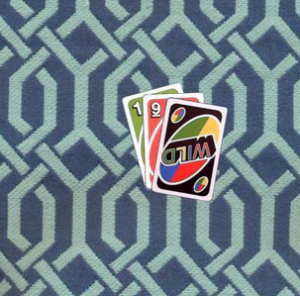I spent my time on two key areas of the project. The first of this was data creation. This week, we didn’t have our pi cameras, so I had to be more creative about gathering preliminary data. I found an online labeled dataset with images of UNO cards that are randomly rotated and saturated and placed on a random background. An example of this can be seen below.

Then, I cut out the top-left corner of the cards, and created my own large dataset. Example images from this dataset can be seen below.


This dataset consists of ~65k images and is split into train, test, and validation sets. The second key area I worked on was the classification model / algorithm. Using PyTorch, I set up a parameterizable convolutional neural network for classifying the cards, as well as a script that uses SGD to train the model. Using this, I was able to achieve accuracy up to 99.5%. On top of the training script, I also wrote a script that runs a single forward pass on a preloaded model.
My progress is slightly behind schedule, since we didn’t have the cameras for getting data that is more accurate to our setup. We have just received a camera, and are planning on creating the dataset on 2/18/24. Although, I’m not truly behind, since I’ve already made significant progress on the classification algorithm. In this coming week, I hope to create an extensive dataset for training, provide a better script for running inference on the Pi, and finish the independent color classification algorithm.
